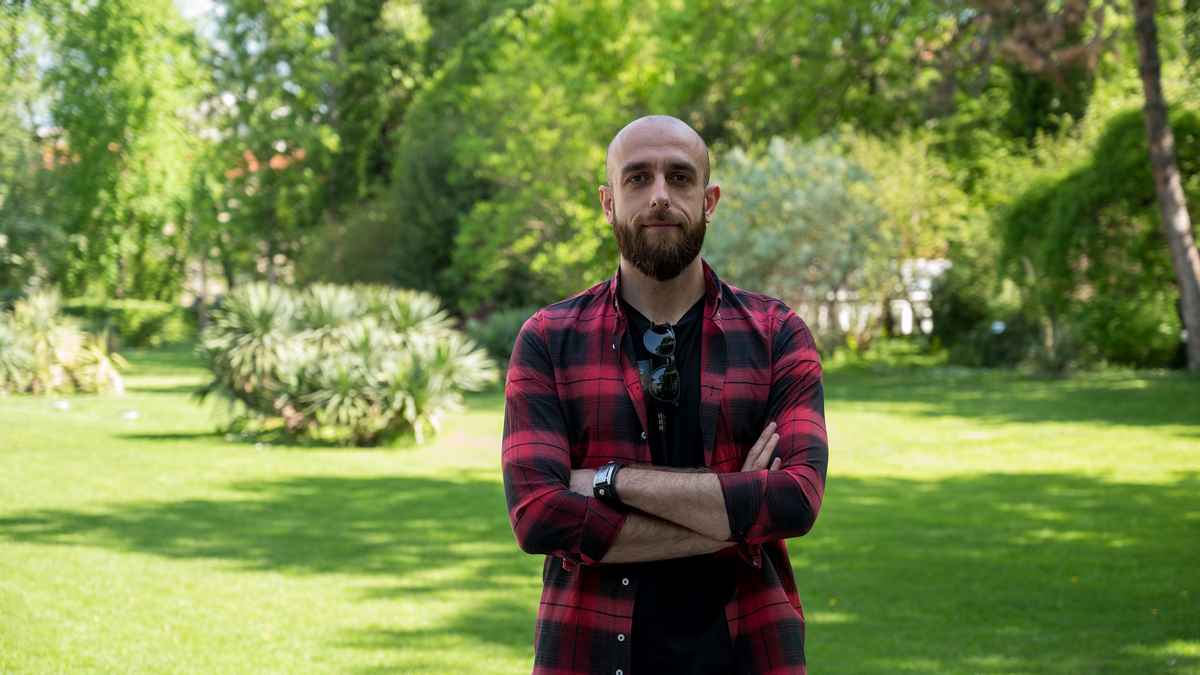Project Title
Promising natural alternatives for the cultural heritage safeguard: a force of nature
Article author and Principal Investigator of the Project:
Dr. Nikola Unković
Assistant Professor Faculty of Biology, University of Belgrade

Fungi are widely recognized as a primary cause of deterioration in cultural heritage sites worldwide, posing a significant threat to conservators, restorers, and other personnel responsible for preserving our shared cultural legacy. Given the irreplaceable nature of mankind’s heritage and the staggering annual expenditure of over $40 billion globally on repairing fungal-induced damage, identifying effective methods to control their proliferation with minimal impact on both humans and the environment is a pressing concern.
In Serbia, modern conservation practices align with global trends, emphasizing a holistic approach to safeguarding cultural heritage. This approach involves multidisciplinary investigations into the causes of decay and the limited use of harmful synthetic biocides. Recognizing the necessity for ecologically sound alternatives, a team of researchers from the Faculty of Biology, University of Belgrade, led by Prof. Dr.. Nikola Unković and supported by Prof. Dr.. Milica Ljaljević Grbić, embarked on a project named “Promising natural alternatives for cultural heritage safeguarde: a force of nature” (PROTECTA). This project, funded within the Program for Excellent Projects of Young Researchers (PROMIS) of the Science Fund of the Republic of Serbia, aims to develop efficient and environmentally friendly alternatives to toxic biocides for treating infested cultural objects.
Collaborating with experts from cultural institutions such as the Institute for the Protection of Cultural Monuments of Serbia – Belgrade, the Museum of Science and Technology Belgrade, the National Museum in Belgrade, and the Faculty of Applied Arts in Belgrade, the team selected four diverse cultural artifacts for study:
- The cave Church of Saints Peter and Paul in Rsovci village, housing a unique fresco painting known locally as “Bold Jesus” or “Young Jesus.”
- The iconic red kiosk K-67 from the Museum of Science and Technology’s Collection of Industrial Design, symbolizing an era of the Socialist Federal Republic of Yugoslavia.
- A limestone sarcophagus from the archaeological site Viminacium, currently exhibited on Kalemegdan fortress in front of the Institute for the Protection of Culture Monuments in Belgrade.
- The old Church of the Holy Ascension in Veliki Krčimir village, a site of personal significance to the research team.
Over a two-year period, the team conducted extensive multidisciplinary research and developed a novel protocol based on decades of experience and cutting-edge equipment. They successfully identified the fungi responsible for decay symptoms and established a collection of fungal cultures for experimentation. Focusing on finding a natural formula to remove harmful fungi without compromising the structural or aesthetic integrity of the artifacts, the team explored the potential of beneficial bacteria, particularly those belonging to the Generally Recognized as Safe (GRAS) group. Bacillus altitudinis, Chryseobacterium viscerum, and Streptomyces anulatus emerged as promising candidates, demonstrating efficacy in laboratory models.
By adhering to the principle of “primum non nocere” (first, do no harm), the team ensured that their interventions prioritized the preservation of cultural goods. The next phase of research involves testing the formulated solutions on-site at selected cultural heritage sites in Serbia, with negotiations underway for collaboration with relevant authorities. While commercialization of the bioformulation requires careful consideration and further research, its potential to revolutionize conservation practices is significant.
In parallel, collaborative efforts with the Institute of Archaeology in Belgrade and the MoDeCo2000 project team, also funded by the PROMIS program, focus on safeguarding Trajan’s Bridge and newly excavated wooden artifacts from Viminacium. Such collaborations underscore the commitment to efficiently and sustainably preserve Serbia’s rich cultural heritage, aiming to elevate these treasures to the status of unique global heritage assets.
Program:
Program for Excellent Projects of Young Researchers – PROMIS
Scientific and Research organizations:
Faculty of Biology, University of Belgrade
Budget:
EUR 140,329
Project Team Members:
- Dr. Miloš Stupar, Senior Research Associate, Faculty of Biology, University of Belgrade
- Dr. Aleksandar Knežević, Senior Research Associate, Faculty of Biology, University of Belgrade
- Dr. Ivica Dimkić, Senior Research Associate, Faculty of Biology, University of Belgrade
- Dr. Željko Savković, Research Associate, Faculty of Biology, University of Belgrade
- Dr. Milica Ljaljević Grbić, Full Professor, Faculty of Biology, University of Belgrade